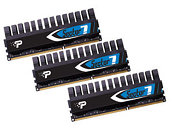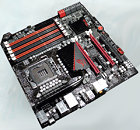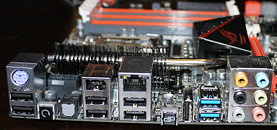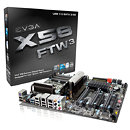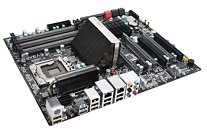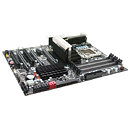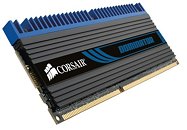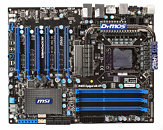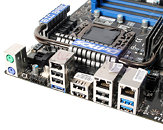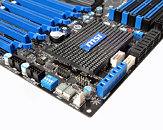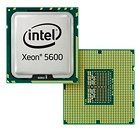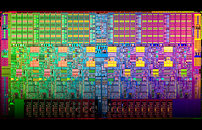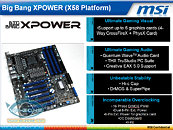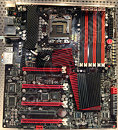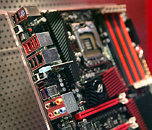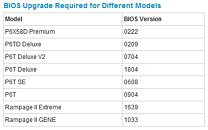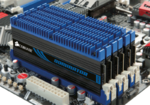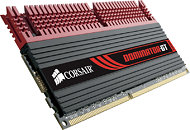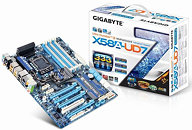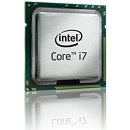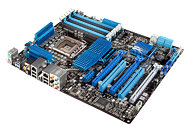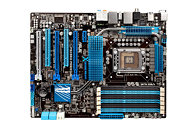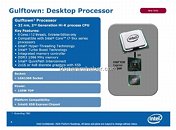
Patriot Introduces Sector 7 Extreme Edition DDR3 Triple-Channel Memory Kits
Patriot Memory, a global pioneer in high-performance memory, NAND flash and computer peripheral solutions, today announced the immediate availability of the Viper II Series 'Sector 7' Edition to its family of Extreme Performance DDR3 memory. The Sector 7 Edition DDR3 is the ultimate performance memory solution for the Intel X58 system platform and has been designed with overclockers, enthusiasts and gamers in mind. Sector 7 modules are compatible for use with Intel 'unlocked' Core i7 and Extreme Edition Core i7 processors.
Patriot's Sector 7 Edition is available in 6GB, 12GB and 24GB tri-channel kits in speeds ranging from 1600MHz to 2000MHz. The Sector 7 Edition products are an extension of the well received dual-channel Sector 5 Edition line of DDR3 for the P55 platform.
Patriot's Sector 7 Edition is available in 6GB, 12GB and 24GB tri-channel kits in speeds ranging from 1600MHz to 2000MHz. The Sector 7 Edition products are an extension of the well received dual-channel Sector 5 Edition line of DDR3 for the P55 platform.
